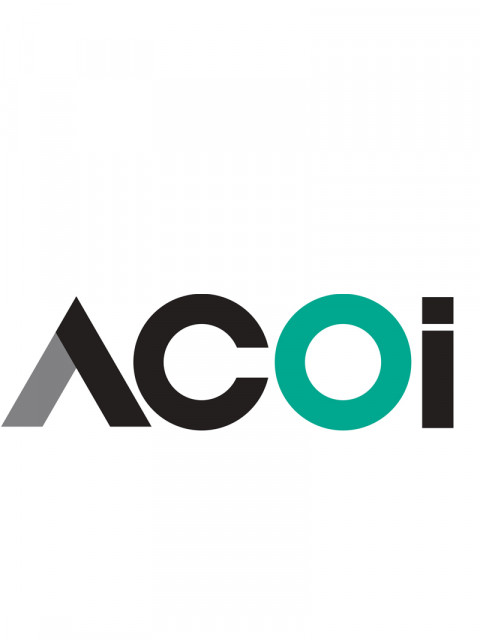On September 9, the House Appropriations Committee voted along party lines to advance the fiscal year (FY) 2026 Labor, Health and Human Services, Education, and Related Agencies Appropriations Act, which provides funding for the National Institutes of Health (NIH).
The bill would provide $46.9 billion for NIH’s base budget, representing a $99 million (0.2 percent) increase relative to FY 2025. The bill would provide funding for all existing 27 NIH institutes and centers. Funding for the NIH in the House bill is roughly $300 million less than what is included in the Senate spending bill, as previously reported by ACOI.
The committee adopted several NIH-related amendments including language directing NIH to submit a report providing an update on efforts to reduce and replace the use of dogs and cats in NIH-funded intramural or extramural research.
Similar to the Senate bill, the House report that accompanies the spending bill includes the following language requesting information on the representation of Colleges of Osteopathic Medicine in NIH applications and awards:
"Osteopathic Medical Schools.—Osteopathic medicine represents a vibrant portion of the medical student education and health systems ecosystem. However, the Committee remains concerned with the historic disparity in NIH funding and representation for Colleges of Osteopathic Medicine (COMs), as well as NIH’s past failure to respond to requests to create an action plan to address the agency’s chronic underfunding of osteopathic research and underrepresentation of osteopathic scientists on NIH National Advisory Councils and study sections. Additionally, the Committee is concerned that NIH continues to associate osteopathic medicine most strongly with the National Center for Complementary and Integrative Health (NCCIH). The Committee encourages the NIH to expand funding opportunities and representation across NIH Institutes and Centers, outside of NCCIH. Further, the Committee requests NIH include in the fiscal year 2027 congressional justifications information on the representation of COMs in NIH applications and awards."


